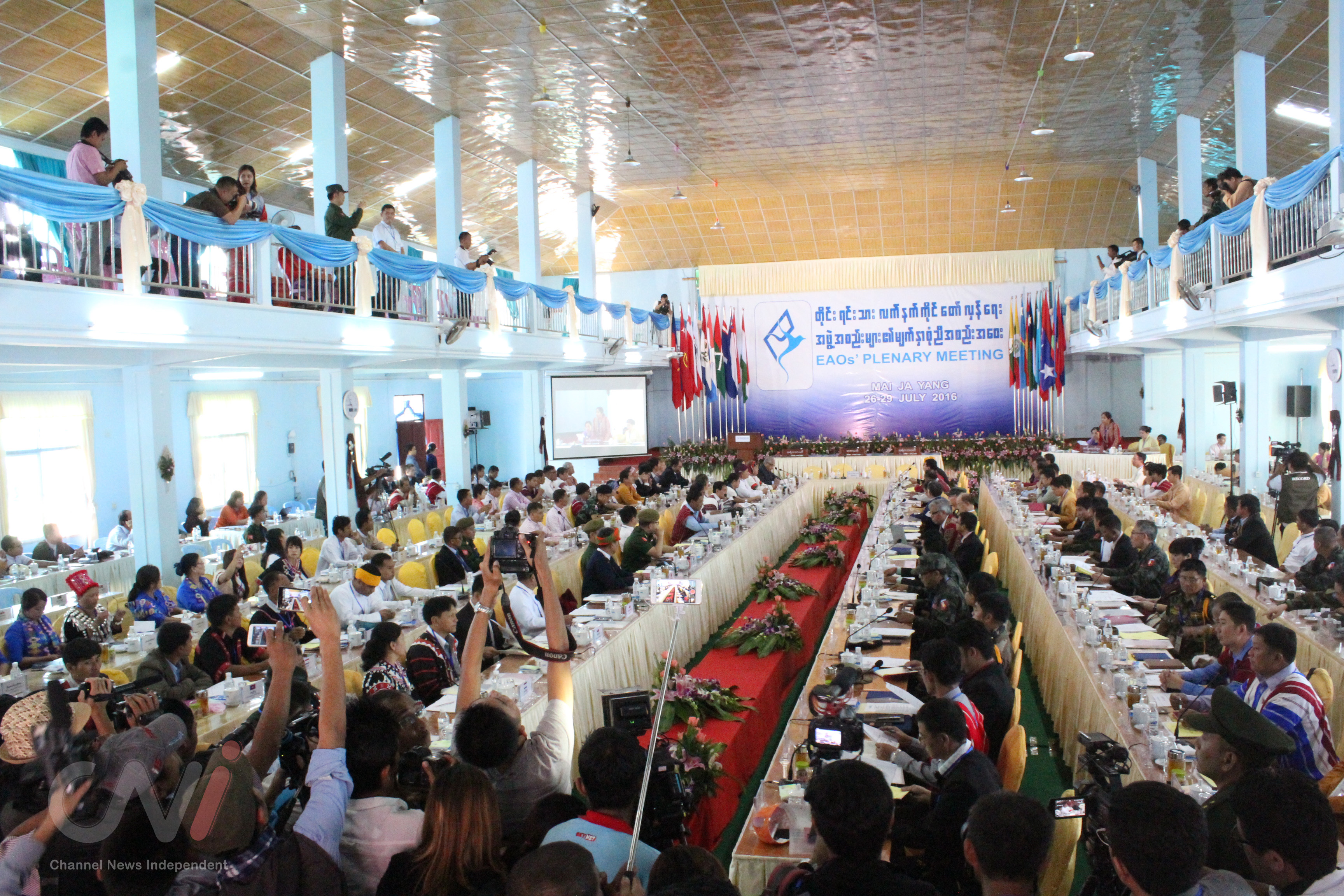CNI News
11 November 2025
Observers of military and political affairs say that the reason armed organizations have become so numerous in Myanmar must be properly examined and addressed.
According to Major Colonel Khun Okkar, Chairman of the Pa-O National Liberation Organization (PNLO/NCA-S), the country’s armed conflicts originated from political crises that began with the 1947 Constitution, and have continued to multiply even under the current 2008 Constitution.
He told CNI News,
“The emergence of armed groups depends largely on the vision of the leaders who handled the country at the time it became independent. Those leaders prioritized a unitary system rather than a true federal one. Although they used the name ‘Union,’ they designed the 1947 Constitution in a way that prevented federalism. They also ignored the Panglong Agreement and failed to ensure equality. They hid a unitary system behind the name of a union, and because of that dishonesty, the problems began there. From that time, the Communist Party split off, and Karen took up arms. Armed conflict has continued for more than 70 or 80 years. During that entire period, there has never been genuine independence or full democratic rights. The beginning was flawed, so the outcome could never be stable. The Panglong Agreement was never implemented, and the constitution was not honest either. From that flawed foundation arose political crises, which led to armed conflicts.”

Meeting of various armed organizations
On February 1, 2021, the Myanmar military seized power from the National League for Democracy (NLD) government, claiming that it did not resolve the 2020 general election voter list irregularities and tried to form a government.
After declaring a state of emergency, the military took control of the country. In response, various armed groups launched revolutions to overthrow the military regime.
Dr. Nyo Nyo Thin, founder of the Yangon Watch Group, told CNI News that the proliferation of armed groups is also tied to economic benefits associated with taking up arms:

Tatmadaw leaders and armed groups
“Especially after the 2021 political upheaval, the number of armed groups and armed forces increased. This stemmed from differing political ideologies and opposition to the military takeover, which triggered bloodshed. When different sides tried to solve political problems through political means, they were too weak to succeed. As a result, each side spread only the information that benefited their own cause. This caused the public’s access to accurate information to reach its lowest point. Because of that lack of true information, misunderstandings grew, armed conflicts intensified, and many profit-seeking groups emerged from the fighting. Once weapons came into their hands, many small groups found ways to benefit economically, making them reluctant to disarm. Although their stated purpose was political, it became clear that armed struggle itself brought economic advantage. This is why the number of armed groups has continued to grow, even unintentionally.”
Military and political analysts further point out that since 2021, both government institutions and armed groups have increasingly focused on serving their own interests.
Moreover, these armed groups have not only multiplied but have also expanded their control in their respective areas. They now collect taxes, permit mining and extraction of local resources, trade weapons, and engage in illicit businesses such as drug trafficking and smuggling to sustain their operations.
Up to the present day, no effective solution or practical approach has been found to reduce or eliminate Myanmar’s numerous armed groups.




